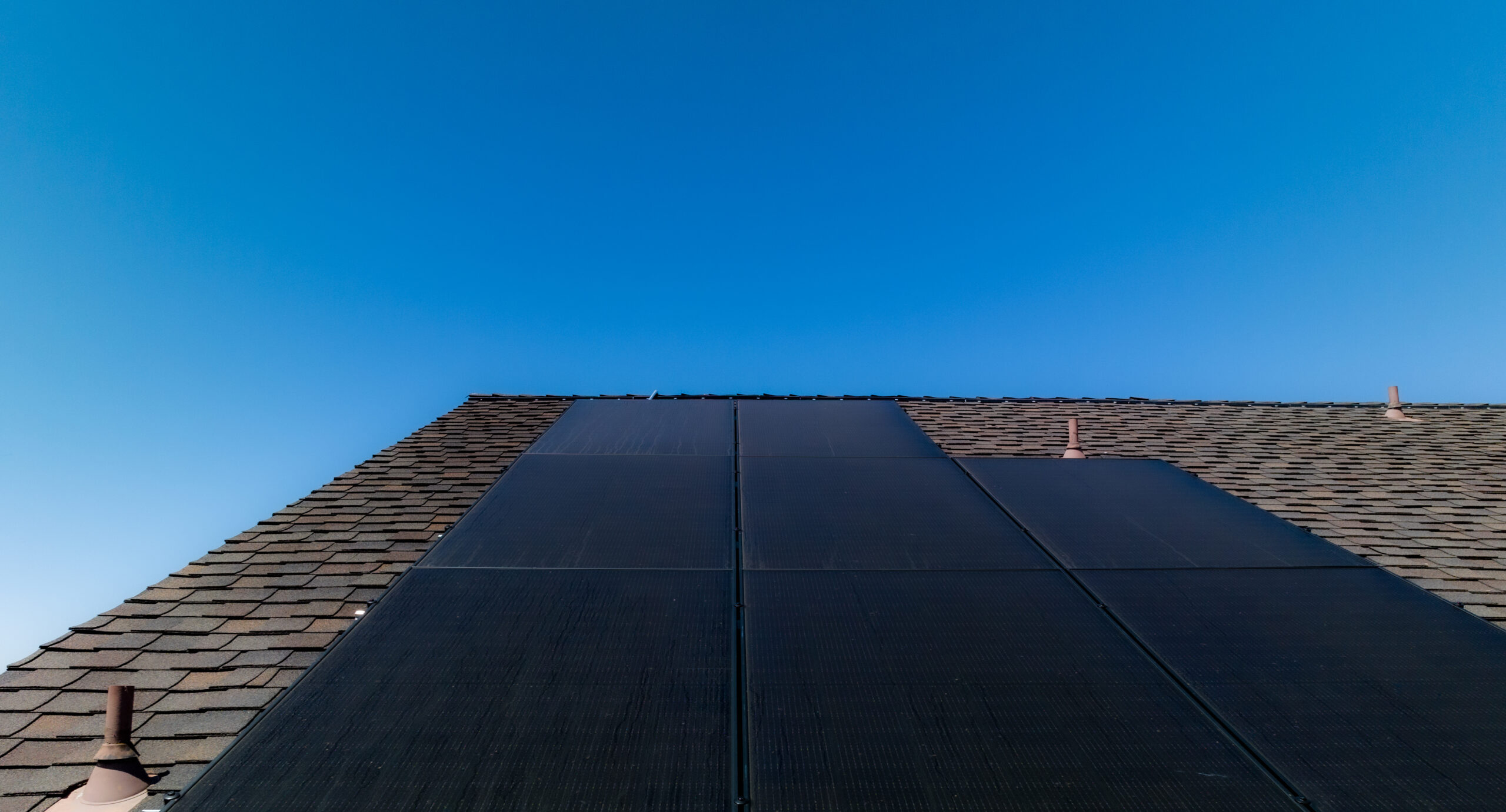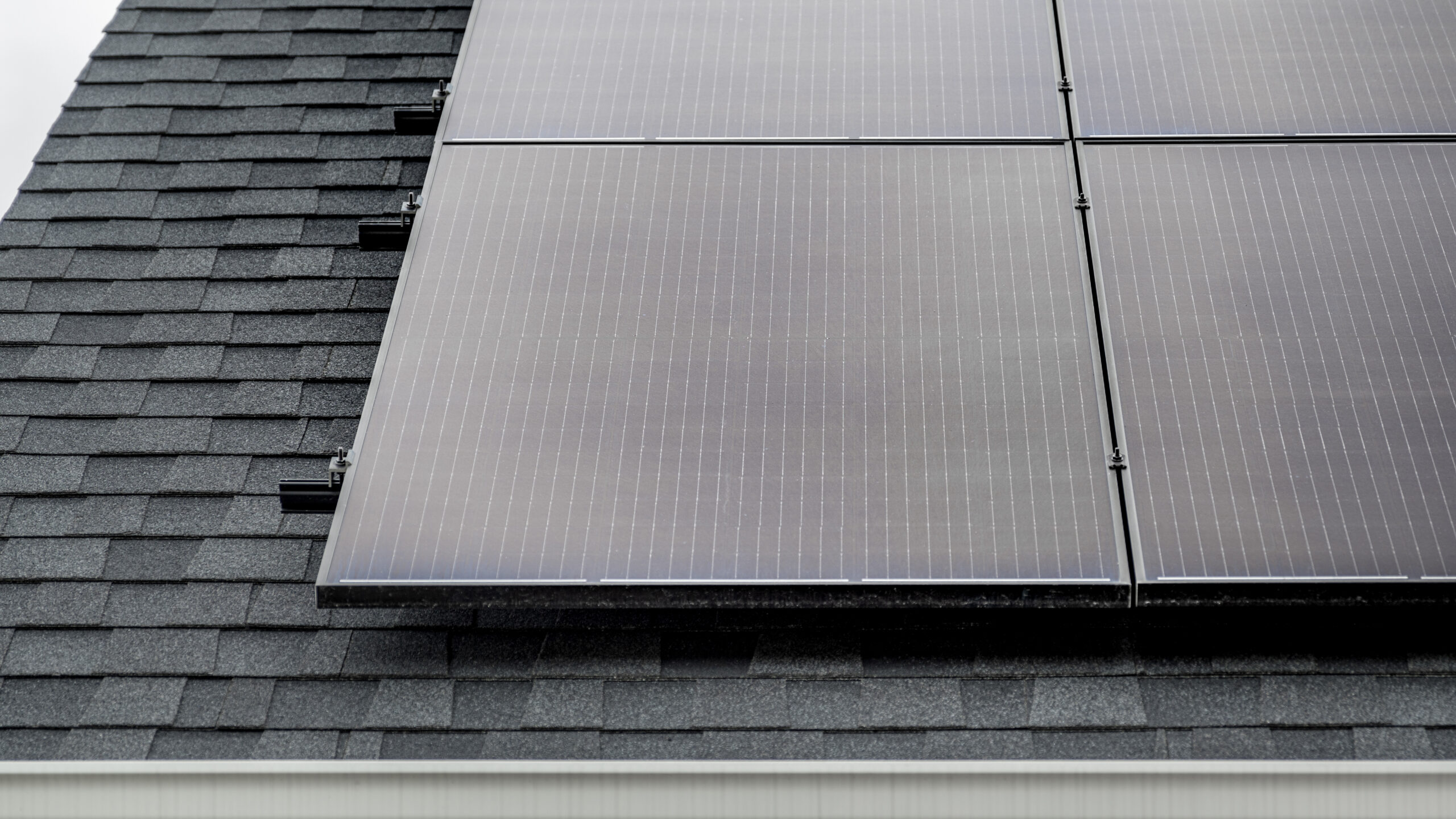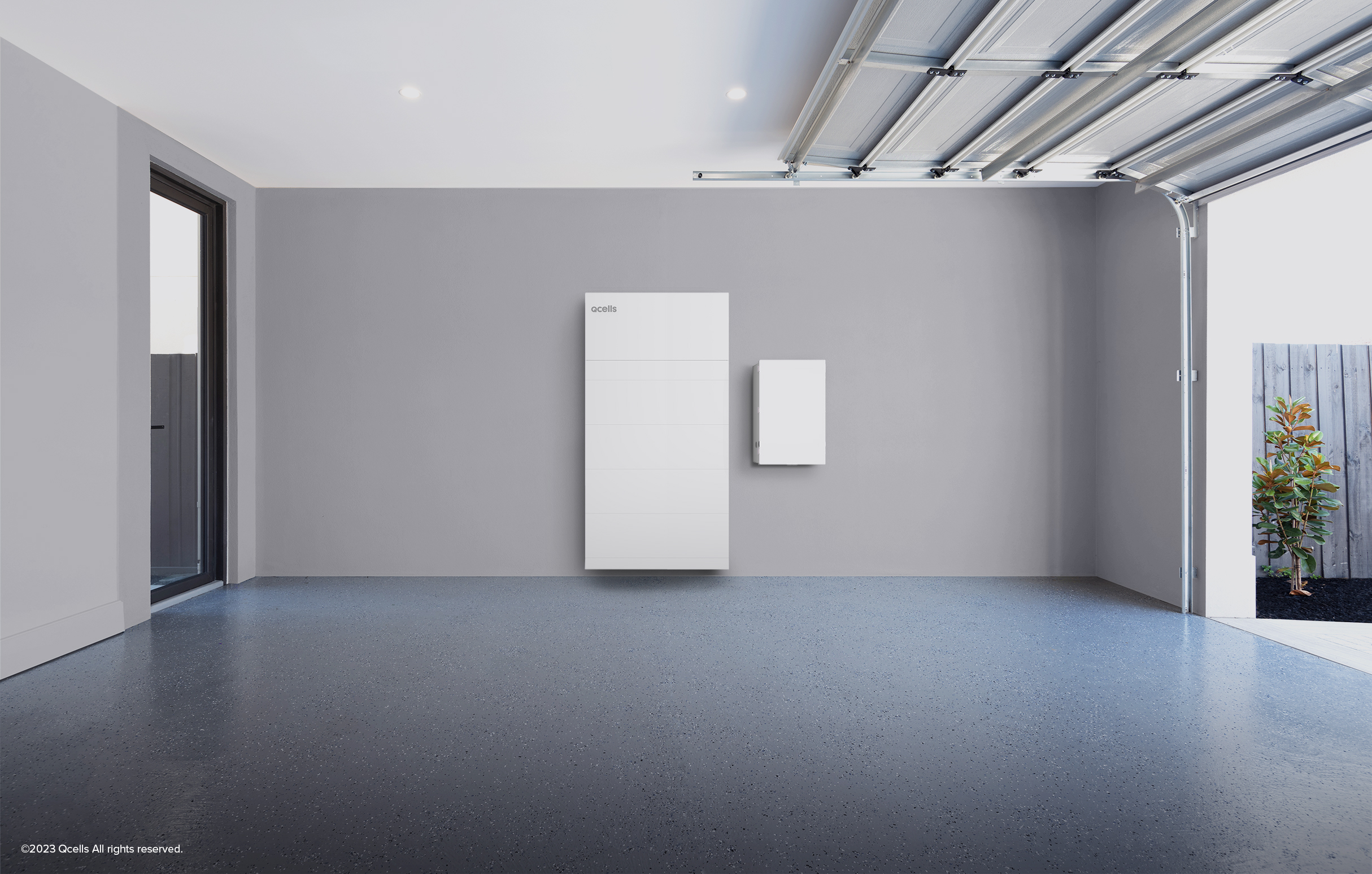Despite a globally growing interest in solar energy, many homeowners don’t take the time to consider how solar panels work or the solar energy definition that describes the process. Thanks to the sun’s abundant energy, solar panels will continue to produce energy for years to come, and home solar systems will only grow in popularity.
Let’s look at what makes a solar panel work and the step-by-step process that turns sunlight into usable energy to power homes.
What Is Solar Energy?
Solar energy is any radiant light and heat generated by the sun and converted into usable power through technology like solar panels. Compared to other energy sources made from finite fossil fuels, solar energy is a clean, renewable resource and environmentally friendly, sustainable option for powering our world.
Solar energy has many advantages, which is why so many people are making the switch. For one, it doesn’t create greenhouse gases while it’s being generated, meaning it helps combat air pollution while improving air quality and minimizing the adverse effects of climate change. Additionally, solar panels work throughout the country, meaning there’s less reliance on foreign energy sources and greater energy independence in local communities.
How Is Solar Energy Used?
In addition to solar panels for home use, there are several other applications where panels can be used.
- Rental properties — Homeowners can install solar panels on rentals to increase the property’s value and help offset the cost of energy bills.
- Commercial and industrial (C&I) buildings — Solar panels can be installed on commercial buildings, warehouses, and manufacturing facilities to reduce operating costs and enhance sustainability efforts.
- Utility-scale applications — Solar panels can be used in large-scale utility applications, like solar farms or solar power plants, to simultaneously generate vast amounts of energy.
- Off-grid and remote properties — Solar energy is an excellent solution for properties with limited access to traditional grid electricity, like isolated communities, cabins, or campsites.
- Agricultural applications — Solar panels can be used on farms to power irrigation systems, barns, outbuildings, farm equipment, and other agricultural processes.
- Community solar — These are shared energy projects where residents in a city or town invest in and benefit from a single solar energy system, which is typically a solar panel farm.
These are just some diverse ways solar energy can be used outside the home solar system. As solar technology becomes more advanced, affordable, and accessible, there will certainly be more ways to use solar energy in the future.
How Does a Solar Panel Work?
So, how do solar panels work to generate solar energy? Solar panels are comprised of photovoltaic cells, and through a fascinating process called the photovoltaic effects, the cells convert absorbed sunlight into usable solar energy.
What Is the Photovoltaic Effect?
A photovoltaic solar cell works by using positively and negatively charged layers to create an electric field. When sunlight is absorbed into the panel and hits this electric field, it becomes energized and releases electrons from within the cell. The negatively charged electrons are drawn to the positively charged side of the cell, which is then converted into an electrical current. This electrical current creates an electrical field, and it is vital in the further conversion of solar energy into electricity that will power a home’s light, appliances, and more.

What’s the Difference Between Solar PV and Solar Thermal?
While solar PV (photovoltaic) is the more common home system, there are also solar thermal systems, so it’s important to understand the distinction between the two. Solar PV systems convert sunlight into electrical energy, while solar thermal systems absorb the sun’s heat to generate hot water and space heating. People often prefer solar PV systems because they are more versatile, last longer, and are more effective year-round than solar thermal systems.

How Do Solar Panels Work on a House?
Now that we’ve discussed the basic principles of what makes a solar panel work, we can explore the inner workings of solar panels on a house. Understanding this process gives better insight into how solar energy can power a home efficiently and sustainability. Here’s a step-by-step process of making solar energy work for a home.
The Solar Panel Detects Solar Energy
Once solar panels are installed on the roof in the optimal position and angle for maximum sun exposure, this placement ensures photovoltaic cells can detect and capture sunlight effectively. When sunlight hits the surface of the solar panel, the photovoltaic cells immediately start running the photovoltaic effect described above.
The Cells Produce an Electric Current
As sunlight reaches the cells, the photons in the light transfer their energy into atoms in the cell’s semiconductor material, which is usually made of silicon. This causes the negatively charged electrons in the silicon material to be released and attach to the other side of the cell, which is positively charged, creating an electrical current. The current, called the direct current (DC), is a single-direction electrical flow needed for the next step.
Generated Electricity Is Converted to Usable Energy
While the direct current generated by the solar panels is essential, it only flows in one direction, and most home appliances and electrical systems need a current that flows both ways for them to operate. After the direct current is created, it passes through an inverter, which changes the DC into an alternating current (AC). The AC is the standard energy form used in homes and businesses, and the conversion from DC to AC is necessary to make generated solar energy compatible with the existing electric setup of a property.
When solar panels on a house generate more energy than the homeowner can use, that energy has to go somewhere so it isn’t wasted. That’s where the solar energy storage system comes in. At Qcells, our energy storage system pairs perfectly with our top-rated and best-performing solar panels to create a complete solar and storage solution. Any solar energy not used from the panels or the storage system can be sent back to the electrical grid — where applicable — for credits on an energy bill, known as net metering. Homeowners can participate in a net metering program even if they don’t have a solar battery installed since any excess energy generated during the day can be sent back to the grid in exchange for credits on an energy bill.
Converted Electrical Energy Is Supplied
The inverter is connected to the circuit breaker and passes the alternating currents into it. The circuit breaker, also known as the electrical panel, then distributes the electricity throughout the home, sending it to various outlets and circuits. This distribution is how solar-generated energy is utilized to run appliances, lighting, electrical devices, and other electrical loads.
Monitor Energy Usage
While solar panels on a house operate as long as there is sunlight, it can be challenging to know how well the system is working and how much solar energy it is producing. The best way to determine how solar panels are performing is to install a monitoring system like the Qcells home energy management system. This system provides real-time data on energy production and usage, allowing solar energy users to make informed decisions about their energy consumption and assess the effectiveness of the home solar system.
Contact Us
If you are interested in installing Qcells solar panels on your home or have questions about solar energy, our team is here to help. We are dedicated to developing high-quality solar panels, providing outstanding solar solutions, and delivering exceptional customer service because we understand the importance of switching to clean energy and how it can positively impact the environment.
Feel free to browse our complete solar energy solutions, including solar panels, home energy storage, and energy management, or contact us to discuss designing and installing a customized home solar panel system. You can also contact Qcells for any solar questions you may have.





 USA & Canada
USA & Canada Korea
Korea Germany
Germany United Kingdom
United Kingdom France
France Italy
Italy Netherlands
Netherlands Greece
Greece Poland
Poland Portugal
Portugal Hungary
Hungary Spain
Spain Australia
Australia Japan
Japan